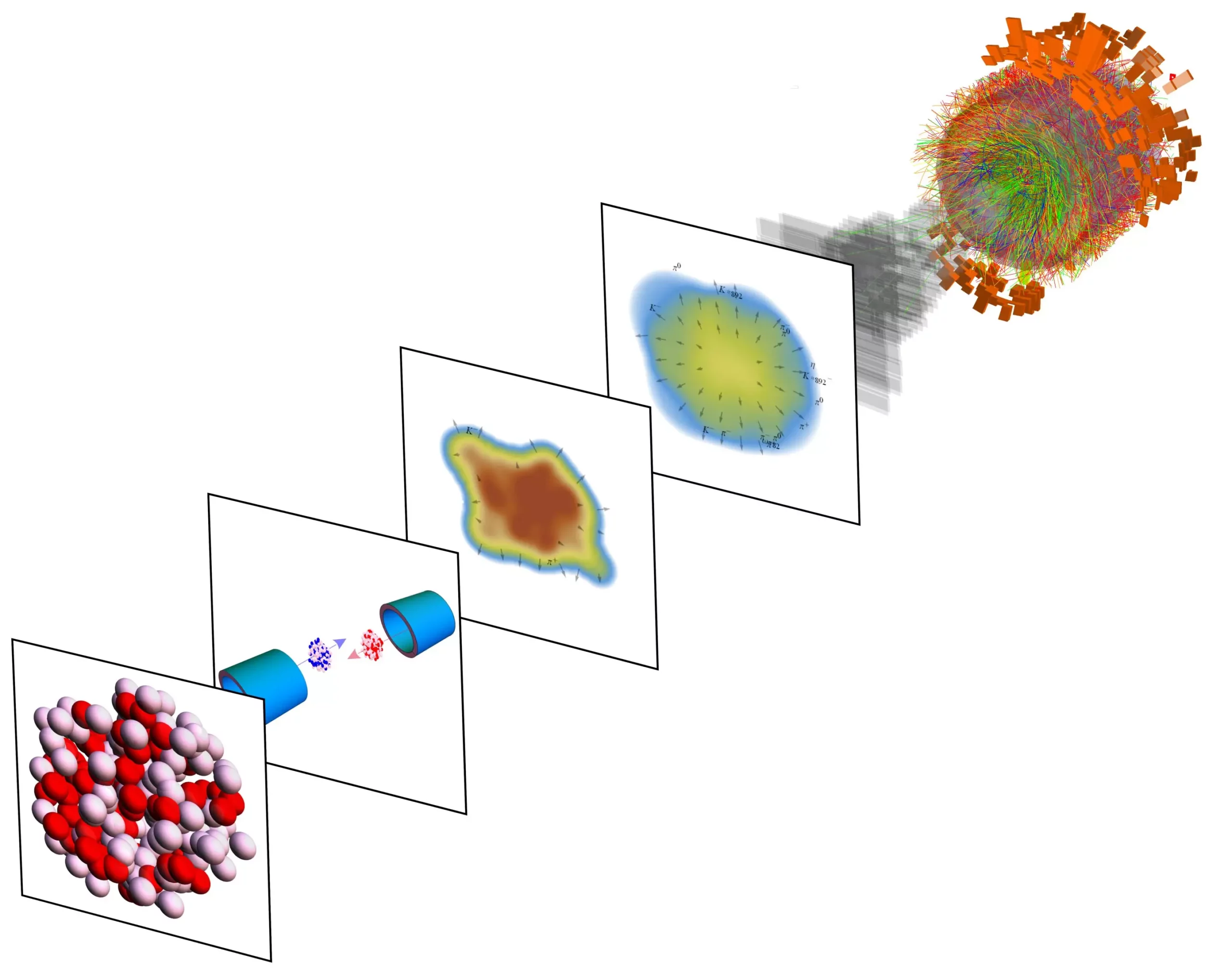Lead-208, with its unique neutron-rich composition of 82 protons and 126 neutrons, has always captivated scientists. Of particular interest is its intriguing structure, which features a “neutron skin” at its edge. This neutron skin consists mostly of neutrons and plays a crucial role in understanding quantum chromodynamics and the behavior of quarks and gluons within the nucleus. Additionally, studying the neutron skin can provide valuable insights into the structure of neutron stars, the dense remnants left behind after supernova explosions.
Thanks to the data collected from heavy-ion runs of the Large Hadron Collider (LHC), theoretical physicists at CERN have made a breakthrough in determining the thickness of the neutron skin in lead-208. Their findings indicate that the neutron skin measures approximately 0.217±0.058 femtometers. Remarkably, this measurement aligns with previous studies conducted by other collaborations that employed different methodologies. The researchers analyzed a total of 670 data points extracted from Runs 1 and 2 of the LHC, primarily focusing on data from the ALICE experiment, supplemented by data from ATLAS and CMS.
Measuring the thickness of the neutron skin is an incredibly complex endeavor. While the use of electron scattering allows scientists to determine the structure of protons in the nucleus, neutrons, lacking any charge, do not scatter electrons in the same manner. However, they are highly influenced by the strong nuclear force, which binds quarks and gluons together within atomic nuclei. To examine the neutron skin, researchers employed a heavy-ion run of the LHC, firing beams of lead-208 in opposite directions, causing them to collide at high energies. These collisions lead to the creation of a quark-gluon plasma, a substance believed to have existed in the early universe after the Big Bang and suspected to be present at the core of neutron stars. By observing the decay of this plasma into particles as pressure and temperature decrease, physicists can analyze the quark-gluon plasma’s properties and deduce the distribution of protons and neutrons within lead-208.
This groundbreaking study represents the first time scientists have measured the thickness of the neutron skin in lead-208 using the strong force. In 2021, the Lead Radius Experiment (PREX) collaboration at the Thomas Jefferson National Accelerator Facility achieved a similar result of 0.283±0.071 fm, albeit by employing techniques associated with the electroweak force rather than the strong force.
Wilke van der Schee, one of the authors of the CERN study from the Theoretical Physics department, underscores the significance of this new determination: “What is exciting about this new determination is that it is done using only existing data and yet gives a competitive uncertainty when compared to other experimental determinations.” This achievement speaks to the potential for even greater precision in the extraction of data from the LHC with the help of future dedicated measurements.
Additionally, Giuliano Giacalone from Heidelberg University emphasizes that this result connects the research efforts of physicists from seemingly distinct areas in an unprecedented manner, bringing together various branches of physics to shed light on the nature of the neutron skin of lead-208. With each new discovery, the scientific community further diversifies its understanding of atomic nuclei, contributing to our broader comprehension of the universe’s fundamental building blocks.



Leave a Reply